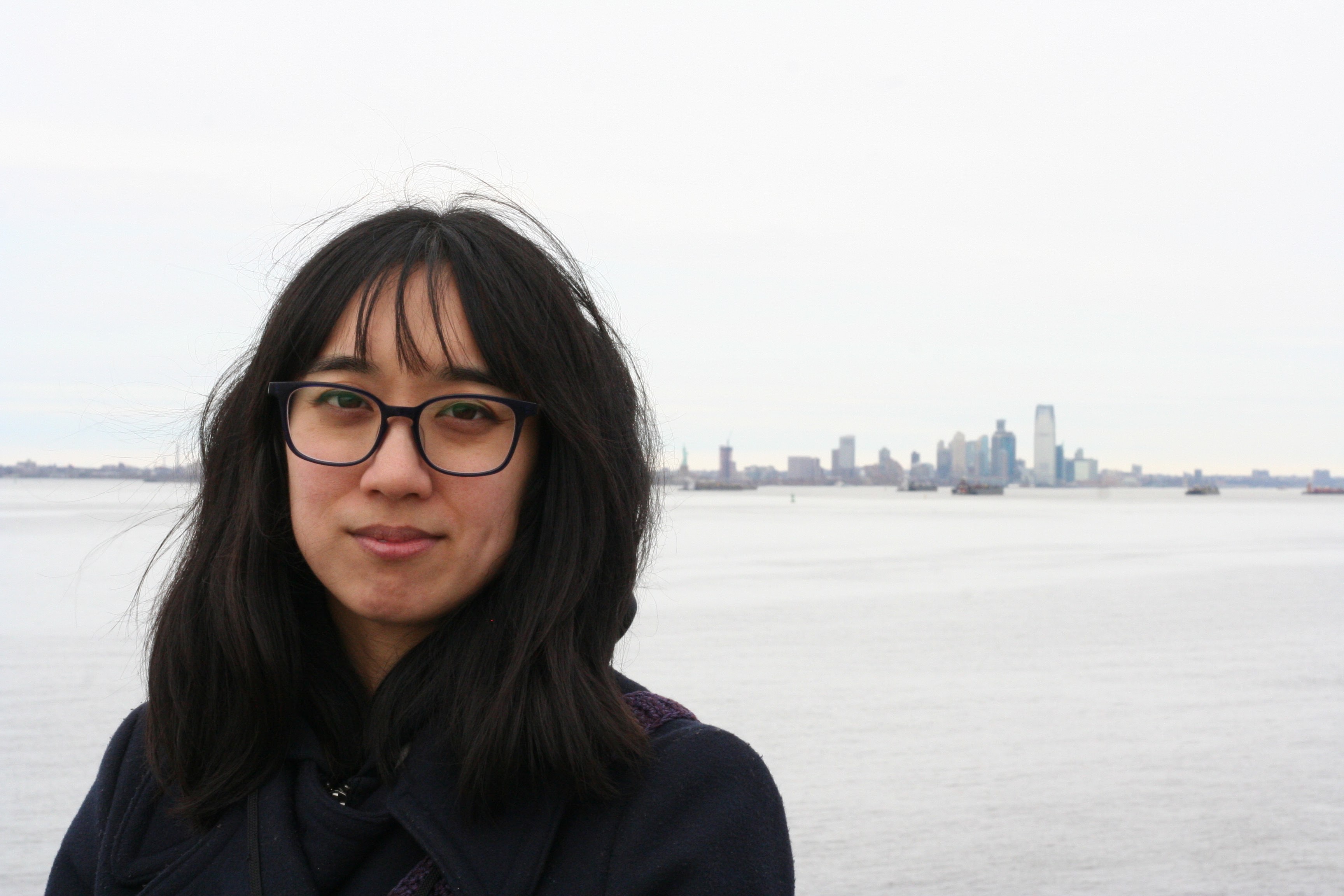Contributor Spotlight: Jessica Kashiwabara
 Jessica Kashiwabara’s nonfiction piece “In the Middle” appears in Midwestern Gothic‘s Winter 2017 issue, out now.
Jessica Kashiwabara’s nonfiction piece “In the Middle” appears in Midwestern Gothic‘s Winter 2017 issue, out now.
What’s your connection to the Midwest, and how has the region influenced your writing?
I grew up on the West Coast in the suburbs of Los Angeles, went to college in San Diego, then moved to New York City in the hopes of a writing career, in music journalism at the time. So I’ve lived on either coasts for half of my life and flown over the Midwest often. The Midwest remains mysterious and vast to me, but I have visited Chicago once, and it had a strong enough impact on me to write the essay in the new issue of Midwestern Gothic called “In the Middle.”
What do you think is the most compelling aspect of the Midwest?
The Midwest always seems expansive to me, just open and wide. Especially compared to my hometown full of cul-de-sacs with cookie-cutter houses and the streets full of skyscrapers in New York City. Even in Chicago, there was more space and air, and it created this sense of calm for me. “In the Middle” started with a line that didn’t end up in the final piece, but summed up that feeling and got me thinking about my time there and what I wanted to say about it: “Chicago showed me that there could be a different way of life with wider sidewalks and smiling faces, a body of water that runs instead of waves.”
How do your experiences or memories of specific places—such as where you grew up, or a place you’ve visited that you can’t get out of your head—play a role in your writing?
I’m working on a collection of essays about my divorce and that relationship, but I’m interested in digging into the right after when the hurt is still present and ongoing. So a lot of that does have to do with place and the home, and what home means. I’m trying to work out an idea that started with a joke about how my ex-husband and I thought our apartment was haunted. It’s now become about what things (actual objects like old fly paper) and energies people leave behind in these shared spaces, tenant to next tenant, and how to keep going and create new spaces for yourself.
Discuss your writing process — inspirations, ideal environments, how you deal with writer’s block.
I work in spurts, which maybe isn’t the best writing practice. I’ve been thinking more about whether I need more discipline, but I think there are all kinds of writing practices for all kinds of personalities. I’m trying to balance not beating myself up and getting the work done.
Writing at home is hard for me, I usually end up on the couch with a blanket and my dog and a hot laptop, which sometimes works. I get ideas on my subway commute to and from work, and write in a notebook, usually when I’m reading a book and something hits me. A lot of times it’s unrelated to what I’m writing but something in the words will spark a line or a paragraph to get me started. When I really want to work, I go to a coffee shop with my notebook or printed copies of drafts where I can’t escape and there’s treats. Writing groups, friends willing to read and give feedback, participating in readings, and submission deadlines are also good motivation.
How can you tell when a piece of writing is finished?
At some point you do have to stop with the revisions and edits, but maybe “finished” isn’t quite what happens. I’ve been going back to older pieces and reworking them, and since it is creative nonfiction, there is an element of me being further away from an event or experience and seeing it in a different light. That has been helpful and enlightening, both as a writer and a person. There comes a point though, when you’re ready for the rest of the world to see your work and to share it and hope the words connect.
Who is your favorite author (fiction writer or poet), and what draws you to their work?
Toni Morrison and Ernest Hemingway are my first favorites. Morrison for the beauty and lyricism in her words, and Hemingway for his succinctness. I’ve been reading more new work these days (a mix of fiction, creative nonfiction, and poetry), and some that have hit me hard are Chloe Caldwell’s Women, Sean H. Doyle’s This Must Be the Place, Tracy O’Neill’s The Hopeful, Lidia Yuknavitch’s The Chronology of Water, and Ross Gay’s Catalog of Unabashed Gratitude.
What’s next for you?
I’m currently at work on a collection of essays that will include “In the Middle” so I’m grateful to Midwestern Gothic for giving it a home. I recently had an essay published in Black Renaissance Noire about my grandfather, photography, and growing up Japanese American. I hope to explore more on heritage and history.
Where can we find more information about you?
I’m on Twitter @JessKashiwabara. Occasionally I am brave enough to tweet!






